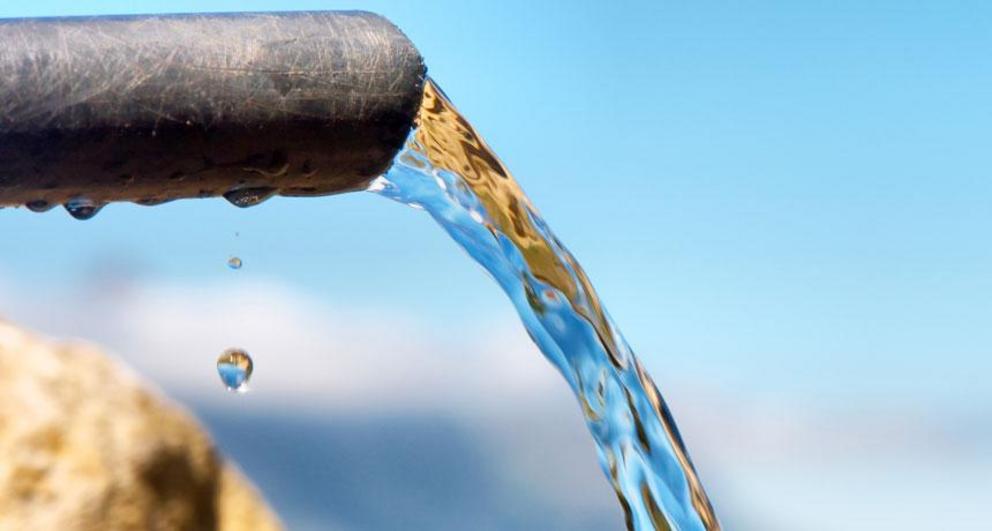A new 2-D material uses light to quickly and safely purify water
In tests, it killed 99.9999 percent of the bacteria in contaminated water
Using light, a prototype “green” material can purify enough daily drinking water for four people in just one hour. In tests, it killed nearly 100 percent of bacteria in 10 liters of water, researchers report February 7 in Chem.
This new material, a 2-D sheet of graphitic carbon nitride, is a photocatalyst: It releases electrons when illuminated to create destructive oxygen-based chemicals that destroy microbes. The design avoids pitfalls of other similar technology. Today’s most effective photocatalysts contain metals that can leach into water as toxic pollutants. Others are non-metallic, like the new 2-D sheets, but are less efficient because they hold onto electrons more tightly.
Materials scientist Guoxiu Wang of the University of Technology Sydney and colleagues created ultrathin sheets of graphitic carbon nitride and added chemical groups like acids and ketones that lure electrons toward the sheets’ edges. There, the electrons jump onto oxygen atoms in water to form such microbe-dissolving oxygen chemicals as hydrogen peroxide.
The design killed 99.9999 percent of bacteria, including E. coli, in a 50-milliliter water sample. That’s as efficient as the best metal-based catalyst. And it killed microbes more quickly than previous best metal-free photocatalysts, which take over an hour to achieve what the new design did in 30 minutes.
The team then attached the nanosheets to the inside surface of plastic bags, purifying 10 liters of water in an hour.
“Our motive was to develop an efficient way to use sunlight to produce water for undeveloped or remote regions without a central supply of clean water,” Wang says, noting that the carbon and nitrogen composition should make the material inexpensive. The researchers next aim to work with engineers to scale up the design for commercial use.

